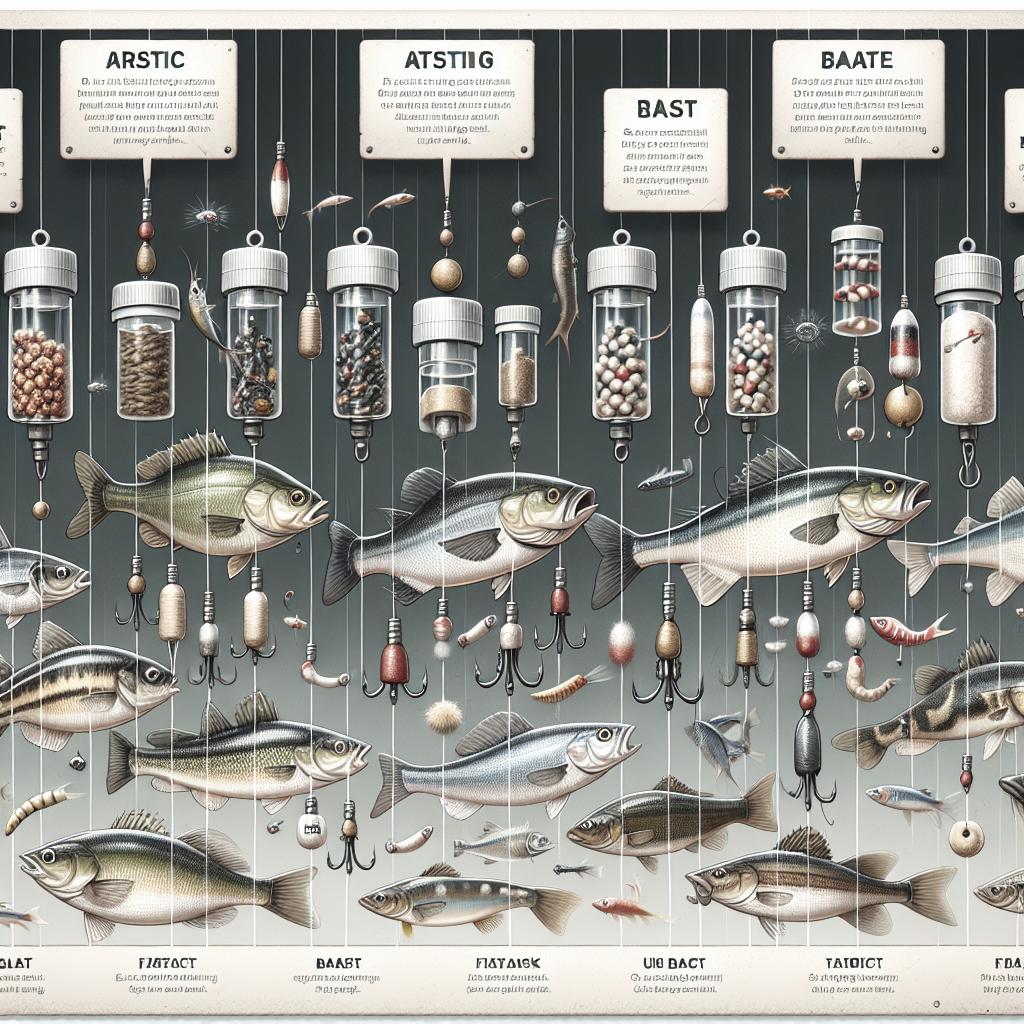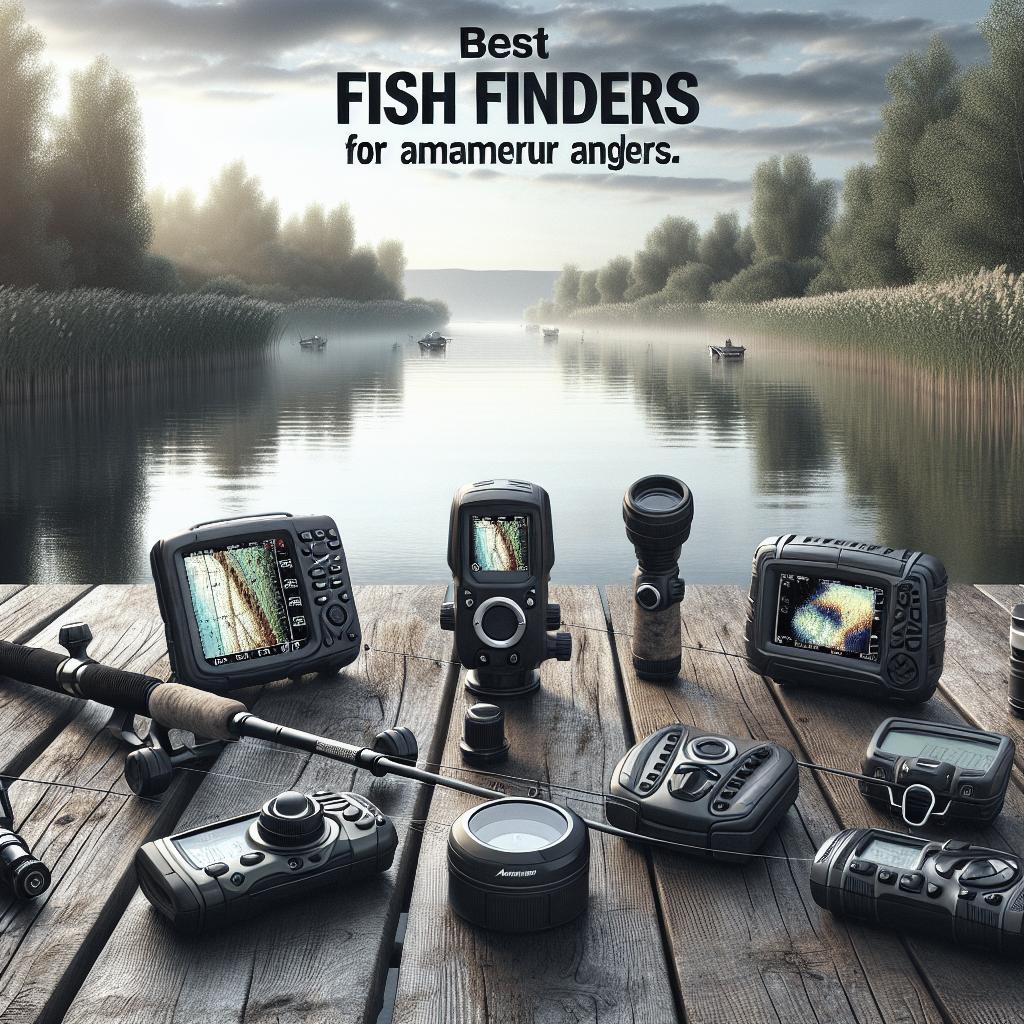<>
Cleaning and storing your fishing gear properly is crucial to the longevity and performance of your equipment. Whether you’re an avid angler or a weekend warrior, maintaining your gear can enhance your fishing experience and prevent costly repairs or replacements. In this guide, we’ll walk you through the essential steps you need to take to clean your fishing rods and reels effectively. We’ll cover everything from being gentle with your rod, servicing your reel annually, and waxing your ferrules, to the nitty-gritty details of storing and cleaning your fishing rod properly. By following these guidelines, you can ensure that your fishing gear serves you well for many seasons to come.
Be Gentle with Your Rod
Fishing rods are delicate instruments that require careful handling to maintain their integrity and functionality. When you’re finished using your rod, it’s essential to rinse it off with fresh water to remove any salt, dirt, or debris that might have accumulated during your trip. A gentle rinse helps prevent corrosion and buildup that can weaken the rod over time. Moreover, pay attention to the way you handle your rod while fishing. Avoid high-sticking, which involves lifting the rod sharply to set the hook or lift a fish. High-sticking can cause the rod to snap, especially if it’s made of graphite. Store your rod horizontally or vertically when not in use, and avoid leaning it against rough surfaces that can scratch or damage it.
Service Your Reel Annually
Your reel is the powerhouse of your fishing gear, and regular maintenance is necessary for top performance. An annual service of your reel can identify and fix any issues before they become significant problems. Start by disassembling the reel, paying close attention to the order of the components for proper reassembly. Clean each part with a soft cloth and mild detergent, and use a toothbrush for hard-to-reach areas. After cleaning, re-lubricate the moving parts as specified by the manufacturer. This step ensures smooth operation and longevity. If you’re uncomfortable taking apart the reel yourself, many professional services can do it for you. Annual servicing can save you time and money in the long run by preventing malfunctions and extending the life of your reel.
Wax Your Ferrules
Ferrules, the joints where sections of your fishing rod connect, require special care to maintain a good fit and ease of assembly. Over time, dirt and grime can build up, making them harder to connect and increasing wear. Applying a thin layer of paraffin or beeswax to the male ferrule can help keep the connection smooth and firm. Before each fishing trip, inspect the ferrules for any signs of wear or cracks, as these can lead to a weakened connection and potential rod failure. Regular waxing not only helps in extending the life of your rod but also ensures that your sections fit snugly, providing a better fishing experience.
How to Store Your Fishing Rod
Store Them Vertically
Storing your fishing rod vertically helps to distribute weight evenly and reduces the risk of warping over time. Use a vertical rod rack that keeps your rods upright and secure. Vertical storage is especially useful if you have limited space, as it reduces clutter and makes it easier to access your rods when needed. If a vertical storage system is not available, ensure that your rods lie flat and are supported at several points to prevent sagging. Sagging can create a permanent bend, weakening the rod.
Utilize Rod Sleeves or Cases
Rod sleeves or cases provide added protection during storage and transport. Soft sleeves guard against scratches and minor dings, while hard cases offer more substantial protection against more significant impacts. Use rod socks to keep dirt and dust from settling on your rods. For travel, consider investing in a quality rod case with a hard exterior and padded interior for maximum protection. Properly secured rods in cases can withstand bumps and drops, reducing the risk of damage.
Store in a Dry Place
Humidity is a major enemy of fishing gear, as it can lead to rust, mold, and mildew. Store your fishing rods in a dry, well-ventilated area to prevent moisture buildup. Consider using a dehumidifier in your storage space to control the humidity levels, especially in damp climates. Keeping your rods dry ensures that they remain in top condition, ready for your next fishing adventure. Periodically check your storage area for leaks or excessive moisture and address any issues promptly.
Keep Away from Heat
High temperatures can weaken rods, deform them, and even cause the finish to blister. Avoid storing your rods near heaters, in direct sunlight, or in hot vehicles. Excessive heat can also damage the rod’s components, including the guides and reel seats. Store your rods in a cool, shaded area to maintain their structural integrity. Insulated storage containers can help protect against temperature extremes if you’re storing your gear in an outdoor shed or garage.
Loosen the Drag
When preparing to store your fishing reel, always loosen the drag. Leaving the drag tightened can compress the drag washers, leading to loss of smoothness and performance. Loosening the drag extends the lifespan of the drag system, ensuring consistent operation when you need it most. Before storing your gear, give your reels a quick check to make sure the drag is set to its lowest setting. This simple step can significantly affect the longevity and efficiency of your reel.
How to Clean Your Fishing Rod
Clean After Every Saltwater Trip
Saltwater can be particularly harsh on fishing gear, causing corrosion and weakening the rod and its components. After each saltwater fishing trip, rinse your rod thoroughly with fresh water. Pay extra attention to the reel seat, guides, and handle, where salt tends to accumulate. Use a soft brush or cloth to remove any stubborn salt deposits. Dry the rod completely before storing it to prevent moisture buildup that can lead to corrosion.
Always Clean Your Guides
Guides play a crucial role in ensuring smooth line movement and effective casting. Over time, dirt, grime, and salt can build up on the guides, causing friction and potentially damaging your fishing line. Use a soft brush and mild detergent to clean your guides regularly. Inspect the guides for any signs of wear or damage, such as cracks or grooves. Damaged guides can fray your line, leading to lost fish and frustration. Replace any damaged guides promptly to maintain optimal performance. ### Future Prospects Keeping your fishing gear clean and well-maintained not only ensures better performance on the water but also prolongs the life of your investment. Being diligent about cleaning and storing your fishing rod and reel can help you avoid costly repairs and replacements. Follow the tips outlined in this guide to keep your gear in top condition for years to come. Fish on! “`
| Task | Description | Frequency |
|---|---|---|
| Be Gentle with Your Rod | Rinse, avoid high-sticking, and careful storage | After every use |
| Service Your Reel | Disassemble, clean, re-lubricate, or have professionally serviced | Annually |
| Wax Your Ferrules | Apply thin layer of wax to ferrules for smooth connection | Before every trip |
| Store Vertically | Use vertical storage to prevent warping | Continuously |
| Utilize Rod Sleeves or Cases | Use for added protection during storage and transport | Continuously |
| Store in a Dry Place | Keep rods in a well-ventilated, dry area | Continuously |
| Keep Away from Heat | Avoid high temperatures that can damage rods | Continuously |
| Loosen the Drag | Set drag to the lowest setting before storage | Before storage |
| Clean After Saltwater Trip | Rinse off salt, pay attention to reel seat, guides, and handle | After every saltwater trip |
| Clean Guides | Remove dirt, grime, and salt buildup | Regularly |
“`


